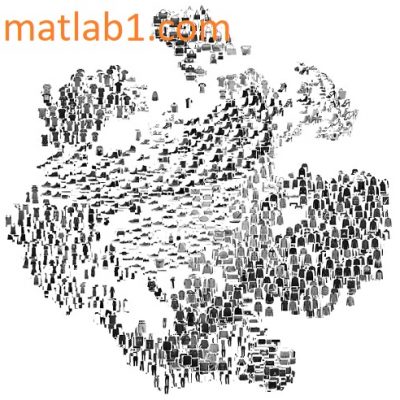Description
Data augmentation gives ways to increase the size of the dataset. Data augmentation introduces noise during training, producing robustness in the model to various inputs. This technique is useful in scenarios when the dataset is small and can be combined and used with other techniques. Next, we will see the different types of augmentation.
Augmentation techniques
There are various ways to augment the images as described as follows:
- Flipping: The image is mirrored or flipped in a horizontal or vertical direction
- Random Cropping: Random portions are cropped, hence the model can deal with occlusions
- Shearing: The images are deformed to affect the shape of the objects
- Zooming: Zoomed portions of images are trained to deal with varying scales of images
- Rotation: The objects are rotated to deal with various degrees of change in objects
- Whitening: The whitening is done by a Principal Component Analysis that preserves only the important data
- Normalization: Normalizes the pixels by standardizing the mean and variance
- Channel shifting: The color channels are shifted to make the model robust to color changes caused by various artifacts
All these techniques are implemented in ImageDataGenerator to increase the dataset size.



Reviews
There are no reviews yet.